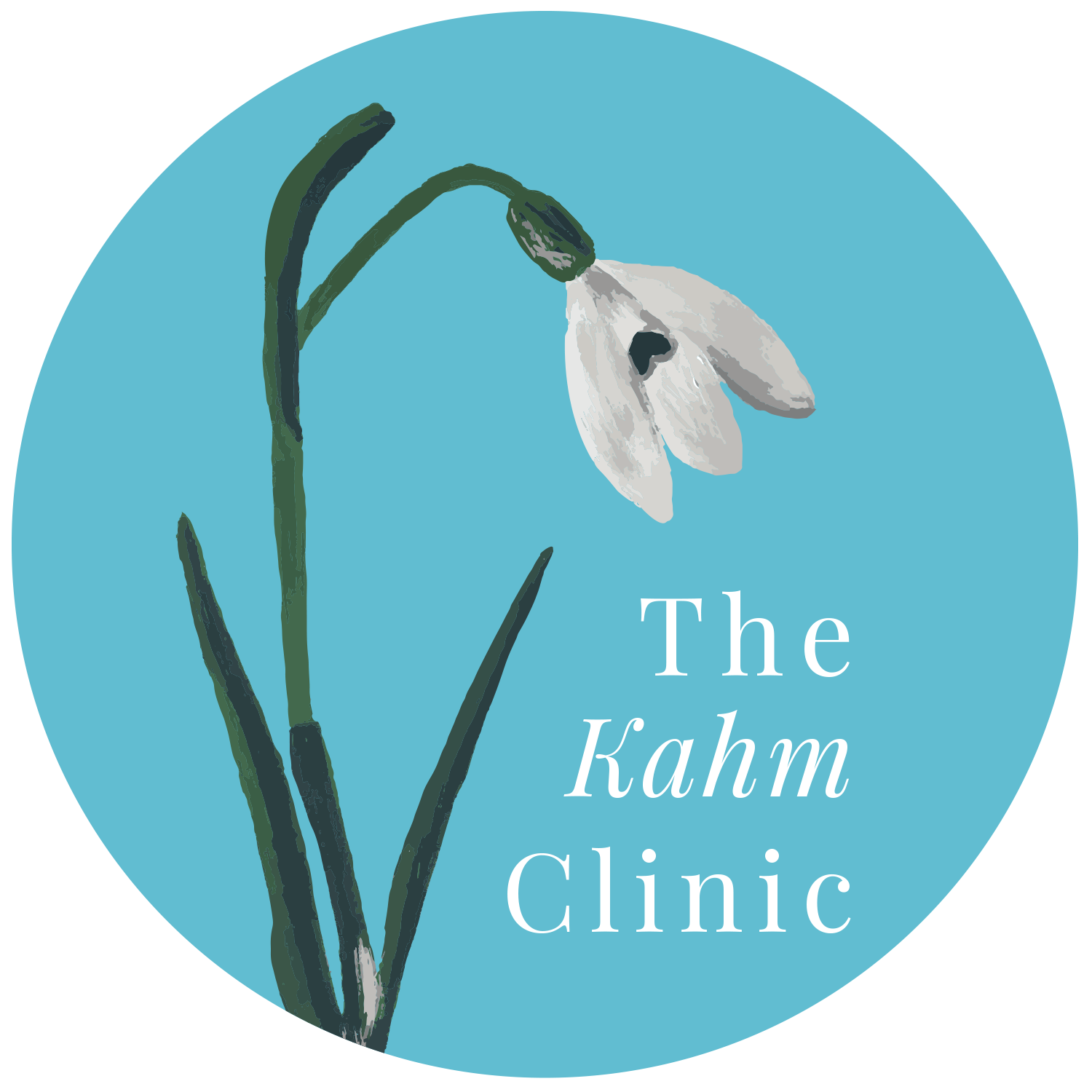Why Intuitive Movement Matters for Eating Disorder Recovery (Part One)
We’ve covered various aspects of intuitive eating on our blog, including overcoming fear foods and honoring your hunger cues. In today’s blog post, we want to focus on intuitive movement, a step in intuitive eating that is just as important to eating disorder recovery as navigating your relationship with food. For instance, consider the idea of “calories in, calories out.” In many ways, exercise is inextricably tied to food. You may even think, “If I eat more, it means I have to workout more.”
To start, let’s define intuitive movement.
Intuitive movement means that you establish healthy parameters for what feels good to your body in terms of exercise. If you lean too hard into movement, you will experience signs of overuse, such as injuries and depleted energy levels. Similarly, if you practice too little movement, you will see negative effects as well. In other words, intuitive movement helps to ensure that your body functions correctly.
For part one on this topic, here are three steps to follow as you strive for an intuitive relationship with movement during eating disorder recovery.
1. The first step is to separate exercise and weight loss.
Instead, focus on how a long-term relationship with movement allows you to maintain long-term body composition shifts. If you focus on exercise for immediate and/or rapid weight loss, you often set yourself up for failure. Sure, you may reach your goal, but it may be impossible to maintain your results without continuing an arduous routine, which is simply unsustainable.
2. Next, it’s important to explore any emotional baggage you may have around physical activity.
Consider the following questions:
What did sports look like for you as a kid?
How did you feel about physical education at school?
Do you feel like exercise is something you should do? Do you carry shame around this belief?
Are you concerned about how others perceive your relationship to exercise?
As you reflect on your responses, develop a list of the barriers that prevent you from having a positive relationship with exercise. Reframe your past experiences in an effort to develop a more sustainable and joyful routine when it comes to caring for your body.
3. Expand your benefit list.
For many individuals, weight loss is the number one benefit of exercise. However, if you don’t see the number on the scale continue to decrease, you’ll likely disengage with consistent movement. Even so, we know that exercise is important for your overall wellbeing and lifelong health of the body. To help improve your relationship to exercise, consider the following physical benefits instead:
Improved joint lubrication and mobility
Better balance
Improved core stability
Improved bone density and muscle mass
Better coordination and movement patterns
Improved spatial awareness
Improved reaction times
Improved capacity to perform household tasks
More vitality
Fewer risks of falls and injuries
Improved cardiovascular health and endurance
Better gut health
Increased power output
Improved health markers, like lower cholesterol and blood pressure
Stay tuned for part two of this blog post, which will begin with the mental health benefits of exercise!
Subscribe to our YouTube channel for our video content. To talk to a professional about eating disorder treatment, please reach out to our staff or schedule an appointment at The Kahm Clinic today.

